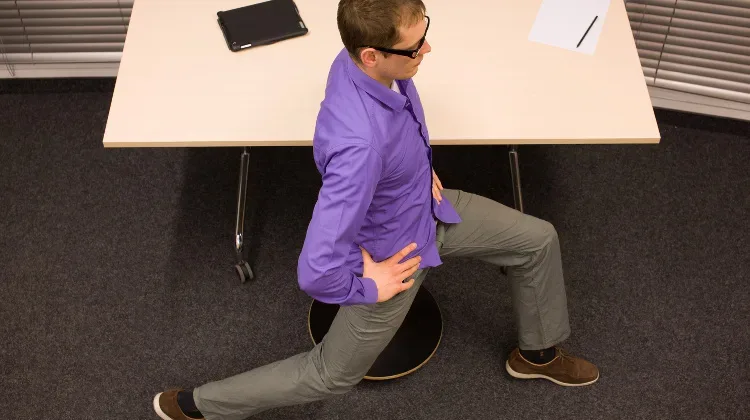
Knowing what you need to do is one thing, but doing it is another. Luckily the “productivity” industry is always coming up with new ways to help us get things done.
Despite the fact that productivity improvement has been a common goal for at least 100 years, we’re still discovering new and better ways to achieve it.
Here are four must-try productivity habits for copywriters.
1. Try Mini Habits
We all know that bad habits are hard to shake, and good habits are hard to establish. The premise of “mini habits” (first a book by Stephen Guise and then a Udemy course) is the best way to change habits is to perform related actions that are so absurdly easy, you don’t feel any resistance toward doing them.
Want to write a novel? Create a mini habit of writing just 20 words per day. Want to exercise more? Create a mini habit of simply putting on your gym shoes—nothing more. The thought processes and science behind this technique are just as thorough as the actions are simple. I highly recommend learning more.
2. Optimize Willpower Usage
Scientists are now certain that willpower is a finite resource; it’s very possible to use up your willpower for the day before noon. Even more tricky, small things like deciding what to wear or deciding what to have lunch can dip into your willpower resources, too.
Knowing this, one of the biggest trends in productivity is figuring out how to optimize your willpower usage. You’ll hear a lot about how some hyper-productive people wear the same outfit every day to avoid choice (Steve Jobs was famous for this) or how they do the most challenging thing they have to do for the day first thing.
Start noticing what unimportant things sap your willpower and figure out how you can get more of the important things in before it’s gone.
3. Stand and Walk to Recharge
We’re surer than ever that sitting around all day is detrimental to our health. But, as writers, that’s a lot of what we do. How to solve this? From standing desks to walking meetings, it’s important to get more activity into our day.
Also, it turns out that activity can help rebuild your willpower stores.
So, how can you be more active? There are additions you can buy (or make!) to turn your desk into a standing desk at will, and smartphones mean that your next client call can involve a stroll around your house or the block. Getting up might just be a major key to getting down to work.
4. Work for 52, Relax for 17
You may already be aware that a little break from work and thinking about work helps you dig back into it. But just how much work time and how much break time? The Daily Muse has done a study that indicates the perfect numbers are 52 and 17.
Apparently, working for 52 minutes and then taking a break for 17 constitutes the most common ratio for top productivity. But those 17 minutes have to be a true break—and, no, 17 minutes on Facebook isn’t going to do it. You need to unplug completely from your work. A 17-minute walk or conversation with someone should do the trick. And sure, 17 minutes sounds like a lot of time, but if you’re twice as productive during the 52 minutes, you’re ahead of the game.
Want More Tips to Stay Productive? Here’s Some of Our Best Advice:
- Amp Up Your Copywriting Productivity With Ultra Scheduling
- 5 Ways Super-Productive Copywriters Start Their Days
- 5 Tips for Getting Down to Your Copywriting Work
- Staying Productive When You’re Unmotivated
- Staying Productive While Working From Home
Boost Your Copywriting Productivity With This Video
Watch this episode of the Build Your Copywriting Business podcast for a self-inventory that will help contribute to your success as a freelancer using four key questions. The questions will help you determine when you work best, which results in increased productivity, more fun, less frustration…and more income!
Your Turn
Which of these productivity habits are you committed to trying? Which ones have you already tried and how did it work out? Let us know in the comments below!
Last Updated on October 30, 2024
This isn’t a productivity rule, but it is something I’ve been doing for years and really saves on eye strain. The 20-20-20 rule. Every 20 minutes look 20 feet away for 20 seconds. Especially for people staring at a bunch of words on a screen it can help refocus your eyes and clear your head.
Not sure about a 17 minute break every hour if you are at a job job. Freelancing it could work, but you’d have to have a pretty open minded employer to pull it off in an office setting.
I notice that when I go for a brisk walk I tend to gain new perspectives on things that I may have been wrestling with…in the sense that my thinking gets clearer and deeper. There is a new vigor brought to the job, thus adding to and extending the daily quota of willpower.